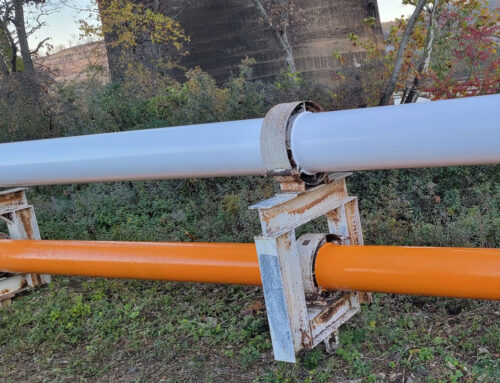Introduction
The main difference between powder coating and the conventional liquid paint is that the former does not require a solvent base to stay in a liquid suspension form; it is actually a free-flowing, thermoplastic powder.
Unlike traditional industrial painting, powder coating is applied electrostatically, which is then cured under heat to form a “second skin” on the metal. The advantage of powder coating is that it doesn’t scrape, peel, and is much more durable compared to industrial wet painting.
However, the process of powder coating is considerably expensive and tedious, and an easy wet-paint job is sometimes the better option for industrial painting.
Let’s compare the advantages of disadvantages of powder coating and liquid paint.
Health and Safety
Powder coating is a more eco-friendly, safe option than liquid paint. Its active component is polymer powder, which emits near-zero toxins or volatile organic compounds and the unused portions are 100% reusable. On the other hand, liquid paint has toxic solvents and emits greenhouse gases that pose a serious environmental risk.
Performance
In terms of finish, durability, and toughness, powder coating provides better performance than liquid paint. It acts as an effective barrier and is resistant to chipping and scratching because it undergoes thermal bonding during the curing process.
Powder coating also provides better colour retention than liquid paint. Exposure to moisture, heat, and sunlight easily erodes industrial painting, but powder coating has better ‘chalking’ resistance and doesn’t compromise surface protection.
Additionally, powder coats provide a much thicker coat than conventional liquid paint, thus providing strength and flexibility. It is more resilient when it comes to enduring debris, and other hazards, making it perfect for industrial painting related to transportation and manufacturing equipment.
Cost Efficiency
One of the important advantages of powder coating is its cost-efficiency due to the high utilization rate. On average, the transfer efficiency of powder coating is 60-70%, and there is no wastage since it is reusable.
On the other hand, liquid paint transfers by 30-35%. With 50% of the product getting evaporated, there is no possibility of any paint conservation. The raw materials and base products for powder coating are also cheaper than liquid paint.
Labour costs are also significantly lower for powder coating facilities as most of the operation is automated, and it doesn’t require highly skilled painters.
However, getting the ‘perfect’ shade of paint can be tricky. Colour-matching for powder coating requires specialized production and is not as inexpensive as mixing primary and secondary colours for liquid paint.
Convenience of use
Powder coating delivers an even, streak-free, textured effect in a single application, which speeds up the production process. However, it is less convenient to apply than classic liquid paint jobs.
Powder coating is a heavy, high-tech equipment operation that requires spraying tools, an electrostatic booth, industrial oven, and factory gear. It cannot be applied to rubber surfaces that easily melt in the curating phase and the application of touch-up coats results in bumpy, uneven paint finishes.
Liquid paint is the better option to attain a high-gloss finish. One can easily customize colours, and the application process is much simpler and cheaper than powder coating. Most importantly, wet paint dries on its own.
Conclusion
The purpose of industrial painting is to offer an aesthetic appeal to a commercial product and to safeguard metal surfaces against corrosive elements of nature. Both paint and powder colours are vulnerable to chalking over time, resulting in a dull finish.
While powder coating delivers better coverage, lower maintenance, and increased resistance, wet paint is less expensive, accessible, and more convenient to use.
Technological innovations and decreasing costs have driven the popularity of powder coating in industrial painting. However, liquid paint is still a more viable option for many projects. In the end, the choice of the paint should necessarily depend on the size and budget of the project.
Ready to Get Started?
Have questions about your project or need a quote? We’ve got someone ready to help you.



